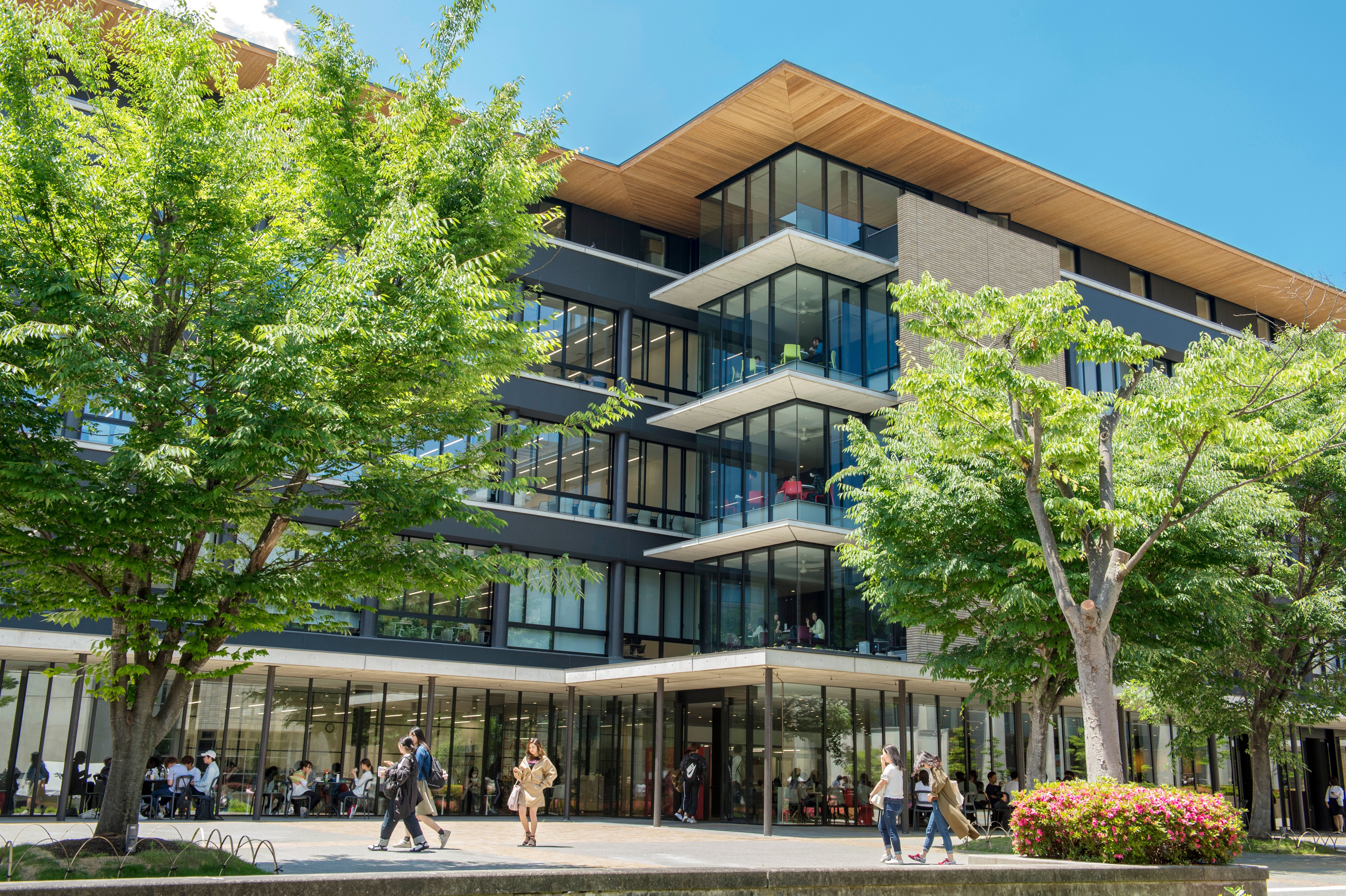コムスコープの世界をリードするネットワークソリューションのポートフォリオの一部である RUCKUS Networks へようこそ。詳細
UEES (University of the Holy Spirit)
Uees ends Wi-FI connectivity issues by adopting the RUCKUS® Virtual SmartZone™ and RUCKUS AI™ solutions
The Universidad Espíritu Santo (UEES), one of Ecuador's top universities, faced major Wi-Fi challenges due to rapid growth in student population and infrastructure. Their old system couldn't handle the increasing demand, resulting in poor coverage, slow speeds, frustrated users and a tarnished university reputation.
Seeking a solution, UEES chose RUCKUS® Virtual SmartZone™ to revamp its network infrastructure. This platform, known for its scalability, dual-band functionality, and advanced management features, drastically improved the Wi-Fi experience on campus. With increased coverage, enhanced device capacity per access point (AP), and better performance, the implementation met the institution's growing demands.
Mauricio Quintana, IT Director of the university, highlights the critical improvements: device connectivity increased by over 50%, service stability enhanced by 95%, and roaming capability across the campus reached 100%. The network's centralized management features also improved IT efficiency, allowing quick response to any issues.
With the success of this implementation, UEES is expanding its collaboration with RUCKUS in a new online study campus project, continuing to rely on the technology for stable, high-performance connectivity.
Fast Facts About UEES
- Leading private university in Ecuador, founded in 1993.
- Offers a wide range of undergraduate, graduate, and continuing education programs.
- Recognized as the top university in Ecuador and 54th in Latin America by Times Higher Education.
Challenges UEES Faced
- Wi-Fi network couldn't support the increasing number of devices.
- Saturation of the 2.5 GHz band, leading to slow, unstable connections.
- High user dissatisfaction due to frequent service interruptions.
Solutions Implemented
- Adopted RUCKUS® Virtual SmartZone™ for scalable, dual-band Wi-Fi.
- Deployed high capacity access points (APs) to support up to 512 devices.
- Centralized network management for easier administration and faster issue resolution.
Benefits Realized
- 95% reduction in service outages and enhanced network stability.
- 50% more devices connected per AP, improving user experience.
- 70% faster IT response time to network issues.
- Faster problem detection and continuous network optimization based on AP traffic history.





